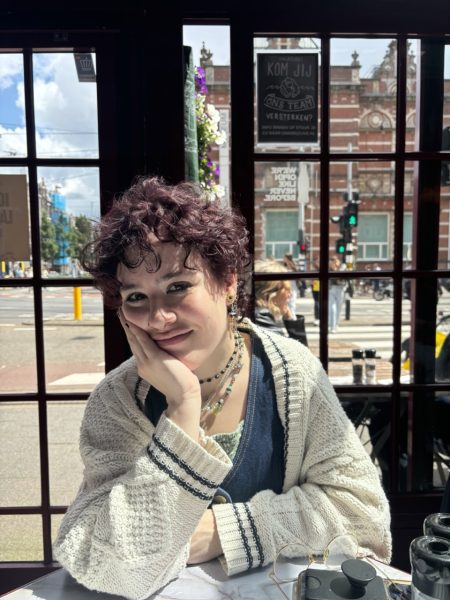Though people usually watch movies for entertainment, many movies also weave in messages such as communicating culture and spreading awareness of modern issues. Hosted by the Student American Indian Movement and the Office of Diversity, the American Indian Film Series fulfills both by not only giving a time and place for anyone to watch a film for free, but also bringing up topics significant to Native communities.
Allen Bryant, director of the Gadugi Partnership at App State, explained the background of the series.
“We do the film series as a way to promote documentaries on and by Native people,” he said.
On Nov. 15, the American Indian Film Series showed the final installment “Rez Metal,” which details how the Navajo band I Don’t Konform went from performing in parking lots on the Navajo Reservation to recording an album with Grammy-award winning producer of Metallica, Flemming Rasmussen, in Denmark. But for this band, metal music is more than just making recordings.
Director of “Rez Metal,” Ashkan Soltani Stone, wrote about the background to Navajo metal music in his director’s statement on the documentary’s website.
“Contrary to those who have linked aggression and suicide to heavy metal music, many Navajo heavy metal bands and their fans shared in interviews that they use their choice of music as positive self-regulation, a coping mechanism, and a source of inspiration, happiness, and belonging,” Stone said.
According to a report by the CDC, suicides among Indigenous Americans and Alaska Natives are higher than any other demographic and have risen in recent years. But this issue is more than a statistic. These are seeds of pain that majorly affect Indigenous individuals and communities due to historical trauma and current unresolved problems.
Despite the pain, Indigenous people have stepped up to create solutions to mitigate the crisis, one way being through metal music, as shown in the documentary.
“I love that this film showed the power of music, and how it can help people belong and it can give people hope. And I love how it showed it allowing these young Native men to channel that rage and channel that anger,” Bryant said.
He continues by acknowledging the importance of feeling anger about their situation is encouraged by how they channel it into art. It is by turning that pain and rage into music that helps them find a healthy outlet to healing the trauma.
“I loved the focus on resilience, I loved the focus on finding ways to address the suicide crisis in Indian country,” Bryant said.
The film demonstrates the theme of resilience and strength through the stories and experiences that they share with others.
It is through listening to their stories that non-Indigenous people can learn about them and continue to educate themselves on how to best support Indigenous people. Maguire Barnes, a sophomore film studies and electronic media broadcasting major, shared what he learned.
“I didn’t really know about the suicide rates, and how much of an epidemic it is with them, and I learned how metal as a genre is helping a lot of them through that,” he said.
Learning is an important factor to gaining a better understanding, and Bryant emphasizes how it should not be kept to only one part of the year.
“I hope campus won’t just think of us in November. I hope campus won’t just remember us one month a year. We’re here all year round, doing programming all year round. So I hope folks will think of us beyond Native American Heritage Month,” Bryant said.
He expressed that along with the film series in November, there is also a film each year shown in March discussing missing and murdered Indigenous women. Learning and being aware of Indigenous peoples and culture is a year-round endeavor.
“Native people are here on campus,” Bryant said. “Native people remain throughout the United States, and we have something to offer, and that we have something to say.”


